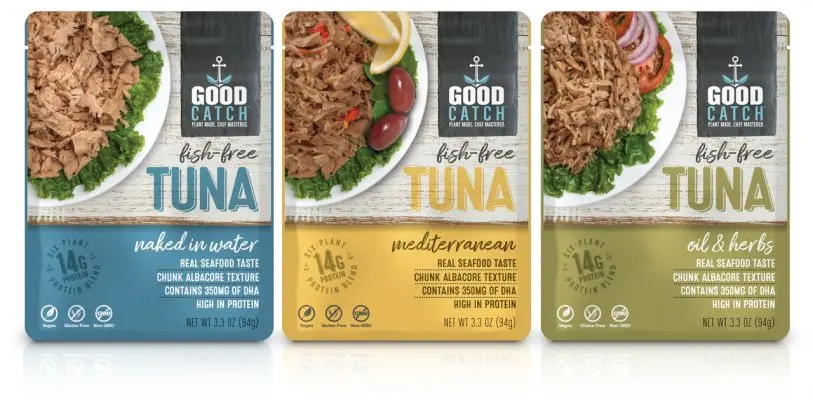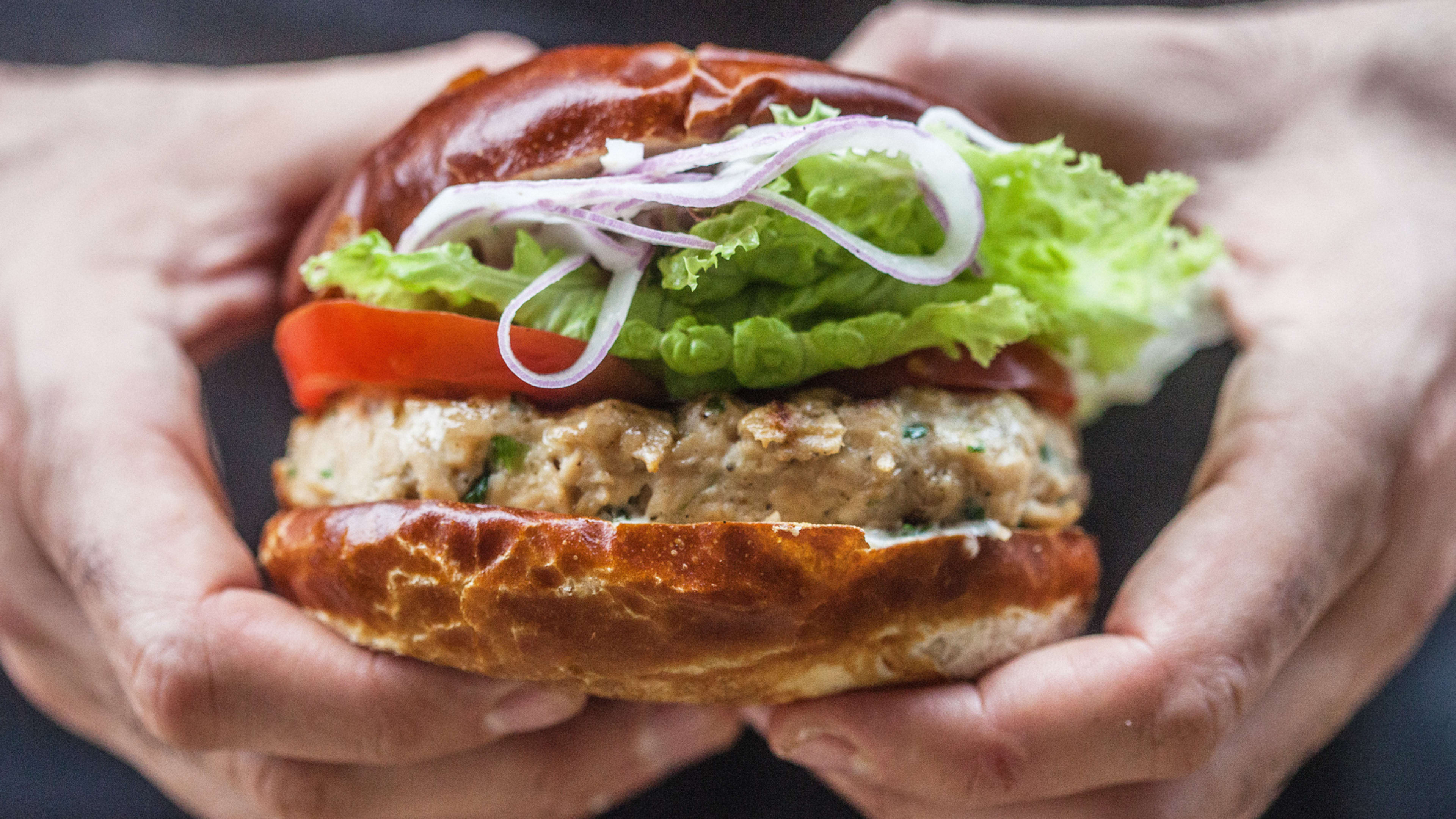What the Impossible Burger did for the world of plant-based beef, a startup called Good Catch wants to do for the world of fish. Today, pouches of the company’s plant-based version of albacore tuna chunks will be available at Whole Foods, Thrive Markets, and coming to other retailers soon.

That’s a problem at a time when most of the world’s marine fish stocks are either fully fished, overfished, or depleted; fish are eating microplastic; and factory fish farms can cause pollution and breed disease. “People are naturally thinking, ‘Oh, it’s seafood, it’s healthier than land animals,'” he says. “But they’re not looking at it from the environmental standpoint of how we need to start preserving our oceans and disrupting the factory fisheries.”

When the startup began developing its version of tuna a few years ago, it spent roughly a year trying to re-create the right texture. Unlike a plant-based burger or chicken, which might use a single protein, they ended up using a combination of six legumes, from soy and peas to fava beans and navy beans to create the more complex flakiness of tuna. Then they tackled the flavor, using algae oil and seaweeds to give an oceany taste.

The product doesn’t have the distinct, cat-food-like smell of canned tuna that most consumers hate–it tastes like the fresh fish you might get in a restaurant. “I’m not sure exactly what happened in the evolution of food manufacturing where canned tuna got a hall pass, so to speak,” says Sarno. “If you look in a restaurant–I’m a chef and have a number of restaurants–and if you get a fish that smells, that means it’s not good. At the end of the day, that means it’s not fresh.”
In taste tests, consumers who said that they like tuna actually preferred the plant-based version. The nutritional profile is similar to the real thing, with omega-3 fatty acids and 14 grams of protein a serving, but it’s free from the mercury, dioxins, and other contaminants that are often found in seafood. Sarno says that it will cost more than standard canned tuna, though costs will come down as manufacturing scales up. The company is now also working on a plant-based version of salmon, as tuna and salmon are the most widely consumed fish, and disrupting those markets can have the biggest impact. (Another company, Terramino Foods, is also launching a plant-based salmon). The goal is to sell “fish” that chefs and consumers can swap in as a one-for-one replacement for actual fish. “We want to show the consumer that you can still have that same protein, that same satisfaction, and that same sort of creative applications with this product,” Sarno says. “It just so happens to be fish-free.”
Recognize your brand’s excellence by applying to this year’s Brands That Matter Awards before the early-rate deadline, May 3.
